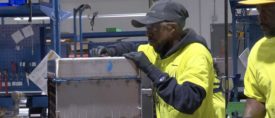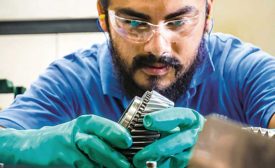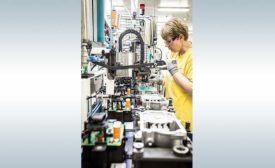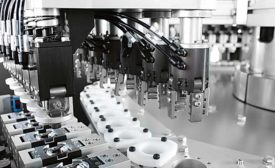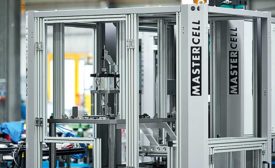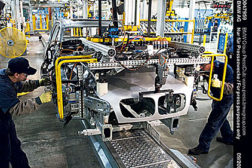Home » Keywords: » assembly cells
Items Tagged with 'assembly cells'
ARTICLES
Standardized, software-driven assembly cells enable start-up to manufacture batteries domestically.
Read More
Success With Workstations
New workstations have helped manufacturers in various industries improve productivity and ergonomics
May 11, 2020
Lean Layout Do’s and Don’ts
Flexibility and flow are critical to efficient assembly line design
May 2, 2019
Automated Assembly Cells
Standardized, preconfigured automated assembly cells can lower costs and reduce time to market.
March 1, 2017
Producing in Synch With Sales
Manufacturers have two opposite ways of equipping factories to respond quickly to customer demand.
August 5, 2014
Get our new eMagazine delivered to your inbox every month.
Stay in the know on the latest assembly trends.
SUBSCRIBE TODAY!Copyright ©2024. All Rights Reserved BNP Media.
Design, CMS, Hosting & Web Development :: ePublishing
